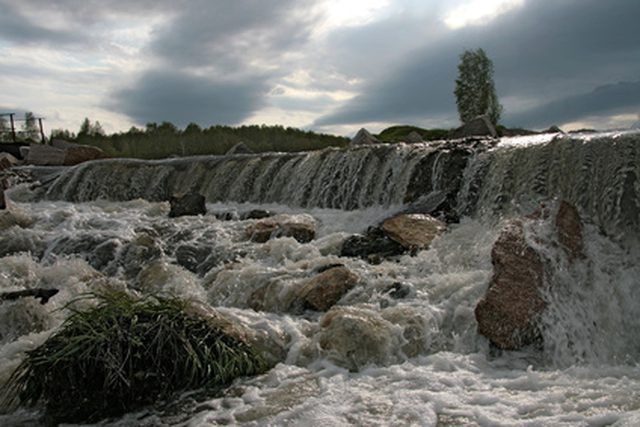Bulbs
Flower Basics
Flower Beds & Specialty Gardens
Flower Garden
Garden Furniture
Garden Gnomes
Garden Seeds
Garden Sheds
Garden Statues
Garden Tools & Supplies
Gardening Basics
Green & Organic
Groundcovers & Vines
Growing Annuals
Growing Basil
Growing Beans
Growing Berries
Growing Blueberries
Growing Cactus
Growing Corn
Growing Cotton
Growing Edibles
Growing Flowers
Growing Garlic
Growing Grapes
Growing Grass
Growing Herbs
Growing Jasmine
Growing Mint
Growing Mushrooms
Orchids
Growing Peanuts
Growing Perennials
Growing Plants
Growing Rosemary
Growing Roses
Growing Strawberries
Growing Sunflowers
Growing Thyme
Growing Tomatoes
Growing Tulips
Growing Vegetables
Herb Basics
Herb Garden
Indoor Growing
Landscaping Basics
Landscaping Patios
Landscaping Plants
Landscaping Shrubs
Landscaping Trees
Landscaping Walks & Pathways
Lawn Basics
Lawn Maintenance
Lawn Mowers
Lawn Ornaments
Lawn Planting
Lawn Tools
Outdoor Growing
Overall Landscape Planning
Pests, Weeds & Problems
Plant Basics
Rock Garden
Rose Garden
Shrubs
Soil
Specialty Gardens
Trees
Vegetable Garden
Yard Maintenance
What Is the Meaning of Marsh Vs. Swamp?
What Is the Meaning of Marsh Vs. Swamp?. While swamps and marshes are often confused and may even border each other, they are different types of wetland structures. A marsh is a wetland that borders a river, pond, lake or coastline and primarily features grass, while a swamp is a heavily-forested or bushy wetland that is usually located further...
While swamps and marshes are often confused and may even border each other, they are different types of wetland structures. A marsh is a wetland that borders a river, pond, lake or coastline and primarily features grass, while a swamp is a heavily-forested or bushy wetland that is usually located further inland. Both areas make invaluable contributions to the world's ecosystem.
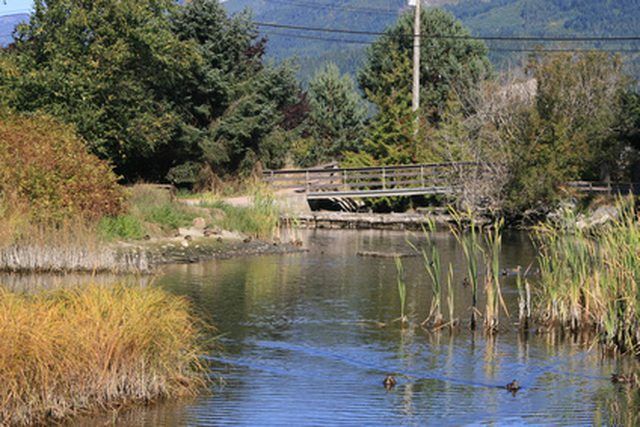
Swamps come in several varieties, including forested and shrub swamps and feature standing water or saturated land areas. Most swamps obtain their water from overflowing rivers and streams. In extremely dry years, the standing swamp water may provide the only water source for wildlife in the surrounding woodland areas. The swamp not only traps nutrients, its warm, wet environment converts organic materials into rich, black soil that supports water-tolerant plant life that could not live elsewhere.
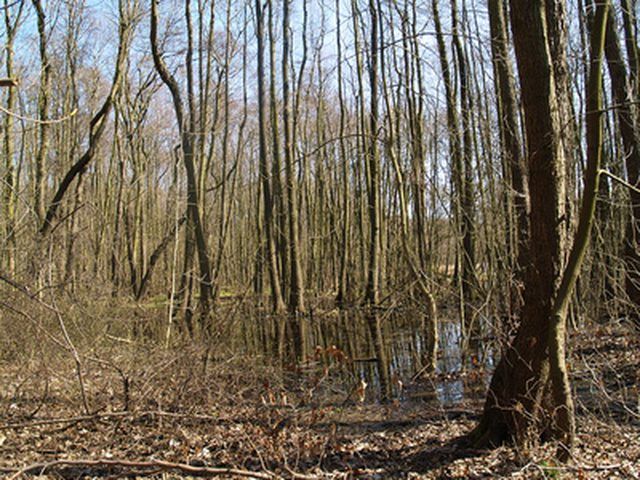
Marshes also vary and can be filled with either fresh or salt water. Freshwater marshes are usually covered by a steady amount of water, while saltwater marshes typically flood and drain with the tides. Marshes receive their water from surface or groundwater and provide rich soil for the growth of soft-stemmed vegetation that thrives in water-logged conditions. The neutral pH of the marsh's soil also contributes to the bounty of plant and animal life.
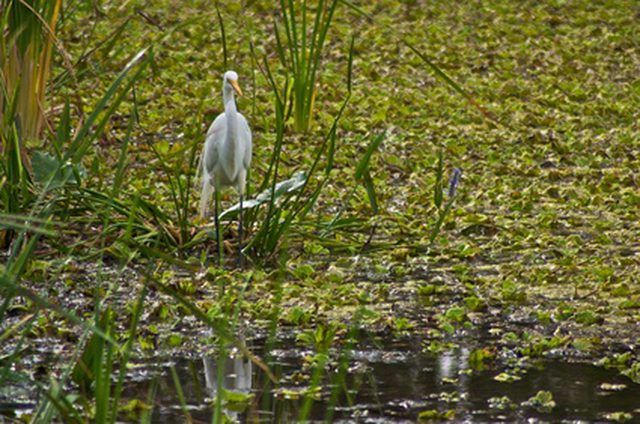
Wetlands are not popular with commercial development, but they provide invaluable services to our water system. By controlling waves and slowing runoff water, they prevent erosion and reduce flooding. Wetlands help groundwater recharge during wet periods, while they store excess groundwater during dry spells. They also filter out nutrients, sediment and pollutants from water that passes through the area before reaching other bodies of water. Some environmentally conscious businesses are designing natural filtration systems that imitate the processes that swamps and marshes use to clean water.
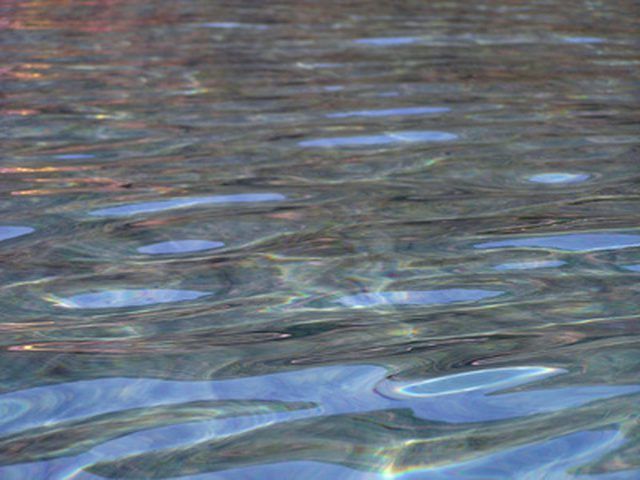
Marshes and swamps provide unique habitats for many species of animals. Many types of fish and birds use these areas to spawn and breed, while 43 percent of the plants and animals on the U.S. list of threatened or endangered species list make their homes in wetland areas. These areas also make important resting areas for migratory birds during their travels. While some animals have adapted to live their entire lives in the marshes and swamps, nearly all wildlife depends on wetland areas for food or water at one time or another.
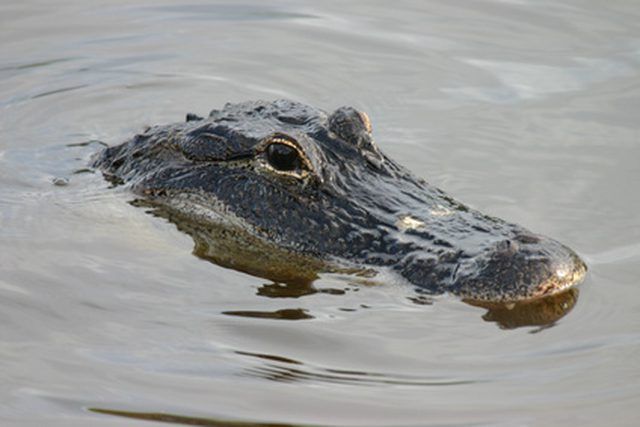
Pollution from urban areas and runoff from surrounding farm areas can cause damage to swamps and marshes. Both are frequently drained to create new farmland or for development. In areas where developers have been allowed to fill in marshes in order to build waterfront communities, some locations downstream have experienced increased flooding. As wetland areas disappear, wildlife, clean water and even our communities are placed in jeopardy. Some areas have started to pass laws and regulations in an attempt to prevent further destruction.
